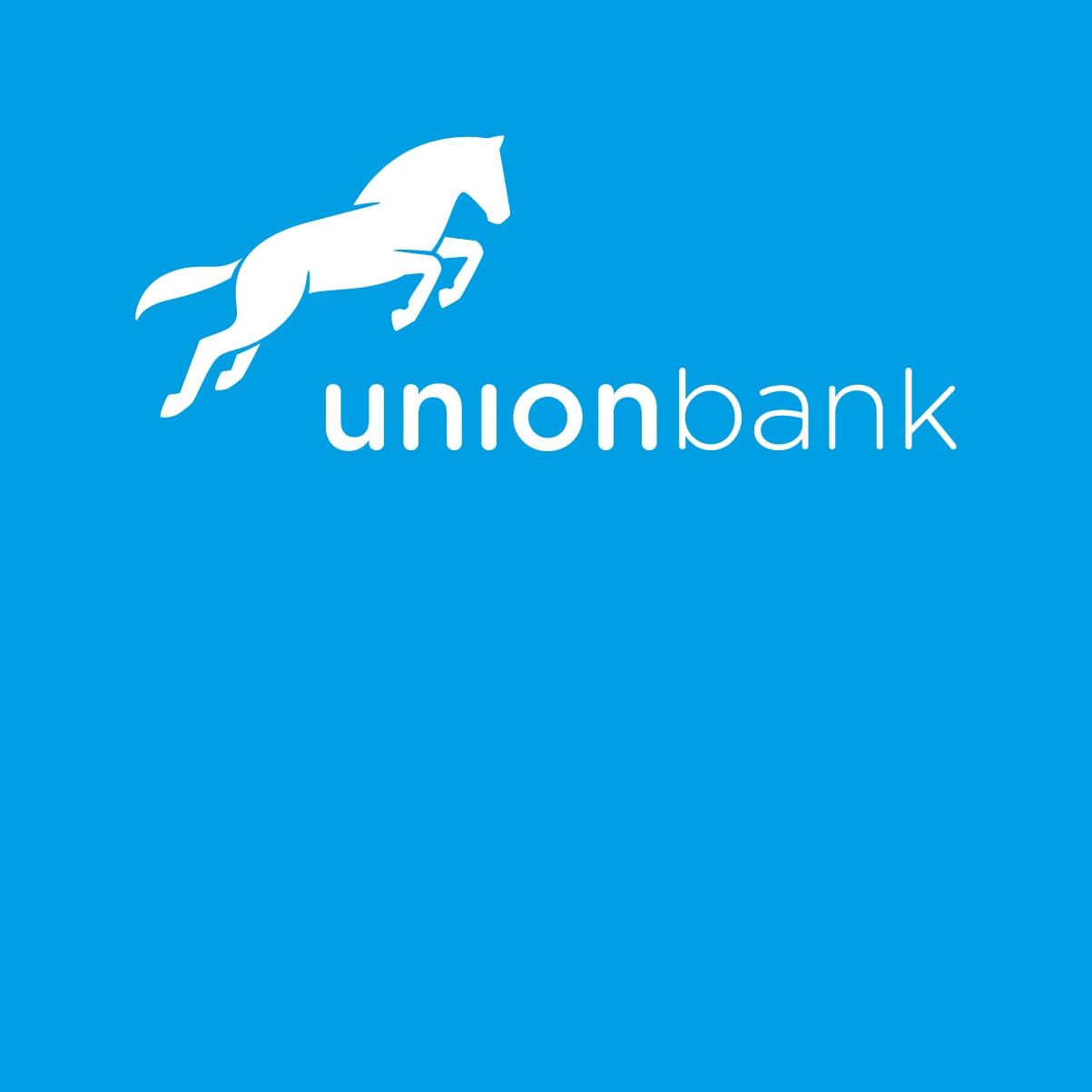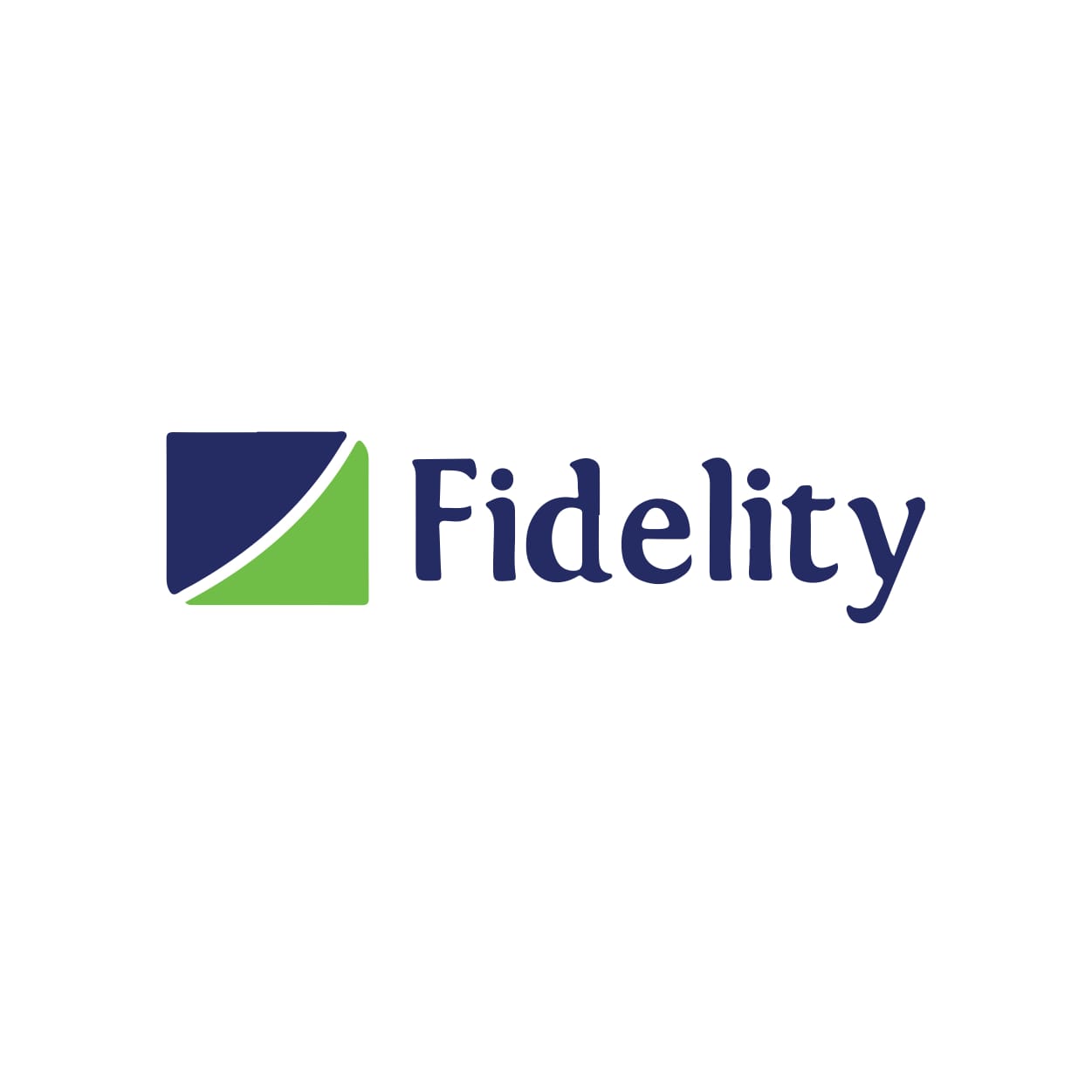12 Banks’ Net Interest Margin Shrink on Cost of Funds, Assets Yields.
3 min read
12 Banks’ Net Interest Margin Shrink on Cost of Funds, Assets Yields.
By Naomisophyblog

Zenith Bank Plc among other Tier-1 and Tier-2 banks have witnessed decline Net Interest Margin (NIM) due to the combined effect of decline in assets yields and increase in cost of funds in the banking sector.
Out of 12 banks observed by THISDAY, 10 Deposit Money Banks (DMBs) reported decline in NIM in 2021 financial year.
The 12 banks include: Access Holdings Plc, United Bank for Africa (UBA) Plc, Guaranty Trust Holding Plc (GTCO), Zenith Bank Plc, Ecobank Transnational Incorporated (ETI) and FBN Holdings Plc.
Others are: FCMB Group Plc, Fidelity Bank Plc, Stanbic IBTC Holdings, Union Bank of Nigeria, Wema Bank Plc and Sterling Bank Plc
Specifically, Sterling Bank Plc reported 8 per cent in 2021 from 7.70 per cent NIM in 2020 and Wema Bank Plc with 8.8 percentage points increase in its NIM to 6.20 per cent in 2021 from 5.70 per cent reported in 2020.
Interestedly, United Bank for Africa Plc (UBA) for the second consecutive year report flat NIM at 5.4 per cent.
NIM is a measurement comparing the net interest income a financial firm generates from credit products like loans and mortgages, with the outgoing interest it pays holders of savings accounts and certificates of deposit (CDs).
NIM is a profitability indicator that approximates the likelihood of a bank or investment firm thriving over the long haul.
In the year under review, Sterling bank has the most profitable investment return at 7.7 per cent in 2021 from eight per cent in 2020, while Stanbic IBTC had the least return at 2.7 per cent and others had net interest margins that oscillate within the range.
FCMB group with seven per cent NIM in 2021 from 8.10 per cent in 2020 has the highest NIM, followed by Zenith Bank’s NIM dropped to 6.70 per cent in 2022 from 7.90 per cent reported in 2020, attributing the decline to yields on Held-To-Maturity (HTM) investment securities.
Another Tier-1 bank, GTCO in 2021 reported 6.74 per cent NIM from 9.26 per cent in 2020.
The bank in a presentation to investors/analysts explained that, “NIM under pressure at 6.74 per cent in 2021 as against 9.26 per cent in 2020 due to decline in asset yields. Sound Treasury Management weighed positively and limited assets yields compression by 302 basis points to 8.05 per cent in 2021 from 11.06 per cent in 2020.
“The Group continues to implement its well-articulated retail strategy, diversified its funding base and played to the strength of its brand to gain enough market share in the retail space and maintain its strong low-cost mix position.
“Cost of Funds (CoF) improved by 31 bps (from 1 19 per cent in 2020 to 0.88 per cent in 2021 following an improvement in low cost deposit mix to 86 This was however not adequate to offset the 302 bps decrease in Asset Yields.
“The low-cost deposit mix enabled the Group to navigate the low Interest rate environment and compete effectively on asset pricing and helped moderate the pickup in cost of funds as the Group strives to sustain its liquidity position amidst intense competition from Fintechs and Tier 2 banks.
“The Group will continue to seek alternative yield optimization opportunities by taking advantage of its transition to a fully-fledged Financial Services Company.”
Similarly, Fidelity Bank reported 4.70 per cent NIM in 2021 from 6.30per cent in 2020, maintaining that it is a combination of lower yields on earning assets and increased funding cost.
Read Also:No immediate solution to aviation crisis – FG
According to the bank, “Drop in average yield on earning assets was led by a decline in yields on liquid assets to 7.4 per cent from 10.9 per cent in 2020.
“However, average lending rate inched up by 40 basis points to 11.0per cent from 10.6 per cent following the reprising of select risk assets. The increase in average funding cost was caused by 90 basis points increase in average cost of deposits to 4.0 from 3.1 per cent in 2020.
“However, average borrowing cost dropped by 30 basis points on account of increased intervention funding and the refinancing of Fidelity N30 billion Junior Notes due 2022 which shaved off N14 billion p a in interest expenses.”







